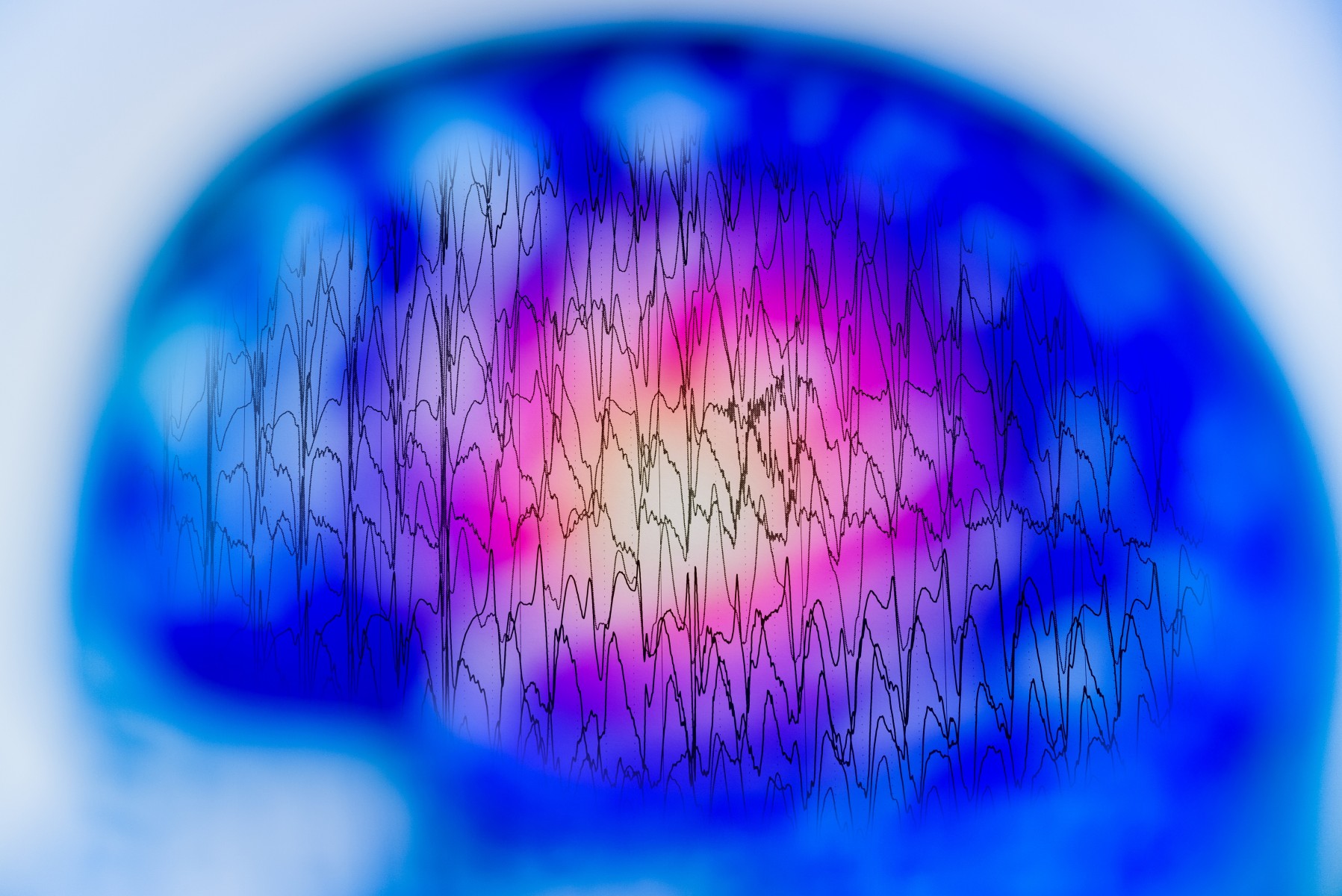Reuters Health: In childhood epilepsy, scalp spike ripples predict seizure risk better than spikes
By Lorraine L. Janeczko
In children with epilepsy, recorded scalp spike ripples are better than spikes at predicting seizure risk, according to new findings.
Spike ripples, or short bursts of high-frequency oscillations co-occurring with epileptiform discharges, are easier to detect than ripples alone and have greater pathological significance, researchers explain in Brain, online March 25.
"This biomarker outperforms analysis of spikes alone in categorizing seizure risk," Dr. Catherine J. Chu of Massachusetts General Hospital and Harvard University in Boston and colleagues conclude. "These data provide evidence that spike ripples are a specific non-invasive biomarker for seizure risk in benign epilepsy with centrotemporal spikes (BECTS)."
Dr. Ahmed T. Abdelmoity, director of the division of child neurology at Children's Mercy Kansas City in Missouri, told Reuters Health by email, "BECTS sometimes poses a challenge in the neurology clinic as most patients have a benign course and will not require treatment; however about 10% to 15% will require treatment and sometimes might develop a drug-resistant form of epilepsy."
Dr. Abdelmoity, who was not involved in the study, noted that "accuracy in predicting patients who might require treatment through EEG and initiating treatment earlier are important, to help prevent seizures and reduce family anxiety."
"These findings bring clarity, with the knowledge that patients with BECTS can have different outcomes," he added. "They also explain some of the neurophysiology of those outcomes."
Read the full story via Reuters Health
Learn more about the Epilepsy Center at Childrens' Mercy

